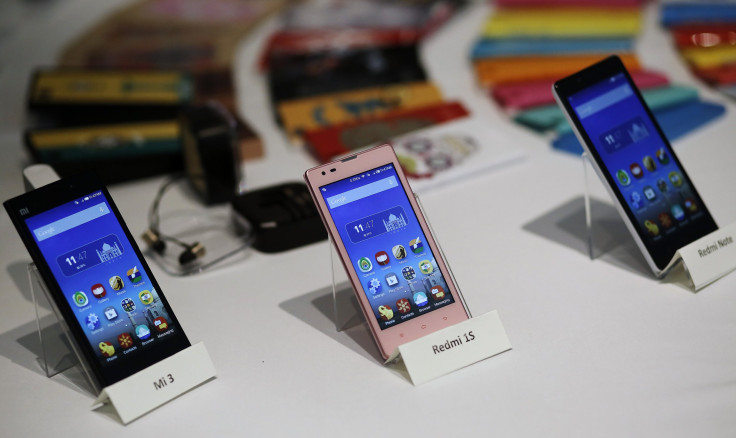India's Wireless Auction Paves Way For 4G On The Subcontinent

India's federal government has approved the next round of auctions for wireless spectrum that will free up several bands for commercial use, boosting services in Asia Pacific’s fastest-growing smartphone market. The move could pave the way for widespread fourth-generation long-term evolution (4G LTE) rollouts by India’s major carriers, which in turn may create a lucrative new market for hardware makers in neighboring China, including Xiaomi, Lenovo and new players such as Qihoo 360.
The auctions are expected to earn the government over 648 billion rupees ($10.2 billion), based on the reserve price or the price at which the auction will open, according to a statement on the government’s official information website. They are scheduled for Feb. 23, according to a Press Trust of India report, citing the country’s telecommunications minister Ravi Shankar Prasad, and they are expected to be larger than the February 2014 round, which earned the government about 621.6 billion rupees ($10.8 billion).
A total of 380.75 megahertz of wireless spectrum will be sold in three bands: 800 MHz, 900 MHz and 1,800 MHz. An additional spectrum in the 2,100 MHz band may also likely come up for auction. Bidders are likely to include domestic players Bharti Airtel, Reliance Jio Infocomm and a domestic subsidiary of Vodafone Group.
Convergence Catalyst, a telecom consultancy in Bangalore, estimates that so far 3,083.55 MHz of spectrum has been allocated to various providers across different bands, which means the upcoming auction of 380.75 MHz could increase the allocation by an additional 12 per cent.
The 1,800 MHz band is widely seen to be important to the proliferation of the 4G LTE wireless technology that supports very fast transmission of data, allowing, for instance, downloads of entire movies in minutes or video calls on mobile phones with greater clarity. Such services should appeal to India’s growing middle class of professionals, many of whom are employed in the tech sector.
“Carriers could potentially use 1,800 MHz spectrum for FD-LTE,” subject to availability of devices that support the technology, Jayanth Kolla, a partner at Convergence Catalyst, said. However, 4G LTE technology typically requires carriers to own “contiguous” spectrum and “the biggest issue with 1,800 MHz spectrum in India is that most of it is non-contiguous,” he said.
The cost of handsets that support the technology as well as the investments needed to deploy network gear to provide such services has thus far kept 4G from becoming popular in India. The availability of more spectrum, especially in the 1,800 MHz band, and more affordable handsets such as Xiaomi’s Redmi Note and Redmi 2 could change the 4G landscape in India, as the country’s largest wireless providers expand and roll out more 4G networks.
© Copyright IBTimes 2024. All rights reserved.






















